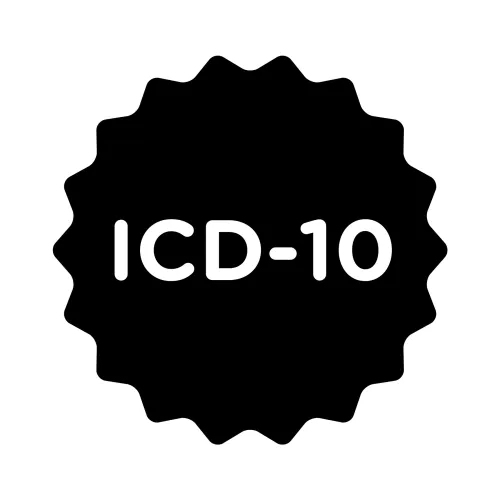Relay Health Sees Just 1.6 Percent of ICD-10 Claims Denied

Plus: CMS reminds practices that OIG is still using analytics software to find errors.
This week, revenue cycle management solution provider RelayHealth Financial shared its denial rate data for claims that were processed between the ICD-10 implementation date of Oct. 1 and Feb. 15, and the outcomes were quite impressive. Out of over 262 million claims representing more than $810 billion in reimbursement, only 1.6 percent were denied—a shockingly low number by any measure.
“The good news is that we’re not seeing a marked increase in claim denial rates, and there is heightened interest in denial management and prevention,” said RelayHealth’s Marcy Tatsch in a Feb. 29 statement. “The bad news is that as many as one in five claims is still denied or delayed–which can mean a dip of as much as three percent in a hospital or health system’s revenue stream.”
The next day, CMS announced the launch of its “Next Steps Toolkit” so providers can track their ICD-10 progress and address opportunities for improvement. The agency offers checklists and actionable steps to ensure that practices are fully embracing ICD-10 and choosing the correct codes every time.
Resource: For more from CMS on its Toolkit, visit www.cms.gov/Medicare/Coding/ICD10/Downloads/ICD10NextStepsToolkit20160226.pdf.
In other news…
On Feb. 26, the OIG released its “Health Care Fraud and Abuse Control Program Report FY 2015,” which outlines the agency’s fraud prevention programs, as well as its significant recoveries in 2015. The agency also released a Fact Sheet the same day to highlight its findings. Key among the information was a paragraph in which the agency stressed how strongly it relies on “predictive analytics” to ferret out billing anomalies.
Many analysts felt that the focus on the Fraud Prevention System (FPS) was in direct response to the House Ways and Means Committee’s October letter asking CMS to update the FPS to collect more money. Although the new Fact Sheet didn’t indicate that any new technology would be added to collect more revenue, it was clear that CMS and the OIG are still very reliant on the FPS for raking in income.
“Since June 2011, CMS uses the FPS on all Medicare fee-for-service claims on a streaming, national basis,” the OIG said in its Fact Sheet. “Similar to the fraud detection technology used by credit card companies, FPS applies predictive analytics to claims before making payments in order to identify aberrant and suspicious billing patterns. CMS uses leads generated by FPS to trigger actions that can be implemented swiftly. Early results from FPS show significant promise. Since 2011 the FPS identified savings (certified by HHS OIG) associated with these prevention and detection actions were $820 million. This resulted in more than a 10-to-1 return on investment for the first three years of implementation.”
Resource: To read the OIG’s complete fraud report for 2015, visit http://oig.hhs.gov/publications/docs/hcfac/FY2015-hcfac.pdf.




